The Digital Vanity Table: China's Beauty E-Commerce Fever Dream
Welcome to China's beauty marketplace ecosystem, where 1.4 billion people have collectively decided that flawless skin is a national priority and online shopping is the national sport. By 2025, China's beauty market will reach a staggering $78 billion—approximately the GDP of a small country dedicated entirely to serums, lipsticks, and products containing ingredients you can't pronounce but will happily apply to your face.
In a country where taking the perfect selfie is considered a more essential skill than cooking, the beauty industry has evolved from simple skincare to a technological arms race where AI can analyze your pores before you've even had your morning coffee.
Numbers That Will Make Your Marketing Budget Feel Inadequate
Before we dive into the digital bazaars where beauty products find their forever homes, let's examine some statistics that explain why every beauty executive is frantically learning Mandarin:
- Total Market Value: $78 billion (roughly equal to the annual GDP of Ethiopia, but with better highlighting techniques)
- International Brand Market Share: 45% (the other 55% is domestic brands wondering why you're charging 3x more for essentially the same ingredients)
- Online Cosmetics Penetration: 92% (because physically testing lipstick is so 2019)
- Average Annual Beauty Spending: $450 per consumer (approximately one month's rent in many cities, but priorities, people!)
- Mobile Shopping Preference: 98% of beauty purchases (because apparently desktop computers are now considered antiques in China)
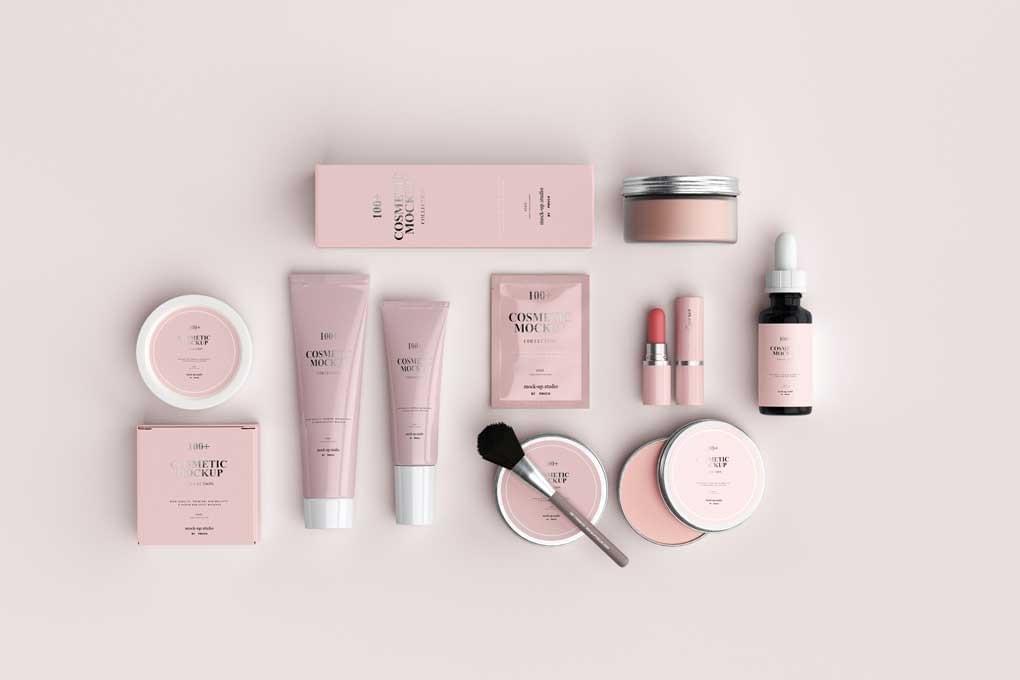
The Magnificent Twelve: Your Digital Roadmap to Chinese Beauty Domination
1. Tmall Global: Where Beauty Brands Go to Prove Their Worth (And Empty Wallets)
Key Characteristics:
- Audience: Upper-middle-class urban consumers who judge your brand's worth by how expensive it looks
- Monthly Active Users: 850 million (approximately the population of Europe casually shopping on their lunch break)
- Specialty: Premium international brands that sound better with French or Italian names
- Commission Rates: 3-5% (which somehow feels reasonable until you calculate the actual numbers)
What Makes It Special (Besides Its Ability to Generate Revenue):
- Quality control stricter than most airport security
- Brand stores so comprehensive they have more features than your company website
- Consumer analytics detailed enough to know what customers want before they do
The Unwritten Reality:
Tmall Global is the digital equivalent of a luxury mall where shoppers expect white-glove service, brands compete for attention like designers at Fashion Week, and your marketing team will spend more time on product detail pages than they do with their families. It's not just a marketplace—it's a beauty Thunderdome where only the premium survive.

2. Xiaohongshu (Little Red Book): Where Influencers Rule and Marketing Budgets Go to Die
Key Characteristics:
- Audience: Young urban women (20-35) who trust random internet strangers more than dermatologists
- Monthly Active Users: 300 million (all scrolling through beauty content while pretending to work)
- Specialty: Influencer-driven recommendations from people with impossibly perfect skin
What Makes It Special (And Terrifying for Brand Managers):
- Shopping experience so content-driven you forget you're being sold to
- User reviews more trusted than scientific studies
- KOL (Key Opinion Leader) marketing that can make or break your product launch in 24 hours
- Community engagement deeper than most people's real-life relationships
The Unspoken Truth:
Xiaohongshu isn't just a marketplace—it's a beauty cult where influencers are high priests and product recommendations are gospel. Your beautifully crafted marketing message will be completely ignored unless a 23-year-old with perfect lighting and 2 million followers decides your essence is "life-changing." It's not personal; it's just how Gen Z decides what goes on their face.
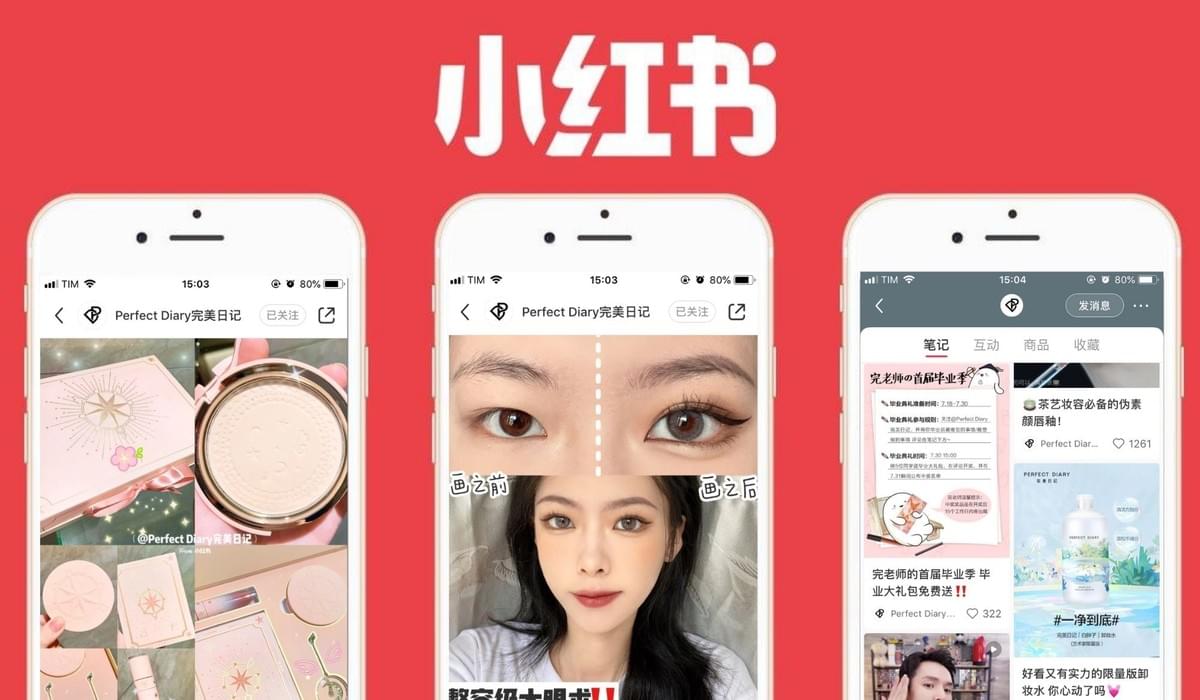
3. Douyin (Chinese TikTok): Where Beauty Products Become Famous in 15 Seconds
Key Characteristics:
- Audience: Gen Z and Millennial consumers with attention spans shorter than most TikTok videos
- Monthly Active Users: 700 million (all simultaneously wondering if they should try that viral beauty hack)
- Specialty: Real-time demonstrations that make complicated beauty routines look deceivingly easy
What Makes It Special (Besides Being Addictive):
- Purchase capabilities so instant they bypass the rational decision-making part of the brain
- Short-form video marketing that compresses your 3-month campaign into 15 seconds
- Live-streaming so interactive you'll feel like you're in a beauty gameshow
- AI recommendation engine that knows users' beauty preferences better than their significant others
The Reality Check:
Douyin is where beauty products either become overnight sensations or digital ghosts. There is no in-between. Your carefully developed 5-year brand strategy will be compressed into a 15-second video where success depends on whether a trend-setting creator decides your contouring palette is "giving main character energy." It's not marketing; it's beauty roulette.

4. WeChat Mini Programs: The Ecosystem Where Users Never Need to Leave (Hotel California, But for Shopping)
Key Characteristics:
- Audience: Broad demographic (25-50) who use WeChat more than they call their mothers
- Monthly Active Users: 1.3 billion (literally almost the entire population of China)
- Specialty: Shopping experience so integrated into social life that consumers forget they're shopping
What Makes It Special (And Slightly Concerning):
- Payment integration so seamless users barely register they're spending money
- Recommendation systems that know your preferences better than you do
- Brand communication that slides into personal chats like an old friend
- Social sharing capabilities that turn customers into unpaid sales representatives
The Digital Reality:
WeChat Mini Programs aren't just shops—they're the digital equivalent of having a beauty counter, personal shopper, and opinionated friend all living inside your phone. It's where the line between socializing and shopping becomes so blurred that adding a lipstick to cart feels as natural as sending a text. It's not a marketplace; it's a lifestyle that occasionally results in beauty products arriving at your door.

5. JD Beauty: For People Who Want Their Serums Delivered Faster Than Their Food
Key Characteristics:
- Audience: Tech-savvy consumers who get separation anxiety when delivery takes more than 24 hours
- Monthly Active Users: 470 million (all expecting same-day delivery and becoming irrationally angry when it takes 25 hours)
- Specialty: High-tech beauty gadgets that promise to make you look like you've slept 10 hours when you've actually slept four
What Makes It Special (Besides Setting Unrealistic Delivery Expectations):
- Logistics so advanced they might deliver products before you've finished ordering them
- Delivery speeds that make light look sluggish
- Product authenticity guarantees for people with trust issues
- AI skin analysis that might know your skin better than you do
The Logistical Truth:
JD Beauty is where patience goes to die and beauty technology goes to shine. It's not just about the products; it's about getting those products into customers' hands so quickly they haven't had time to reconsider their financial decisions. It's the digital equivalent of impulse buying at the checkout counter, except the counter is everywhere and open 24/7.
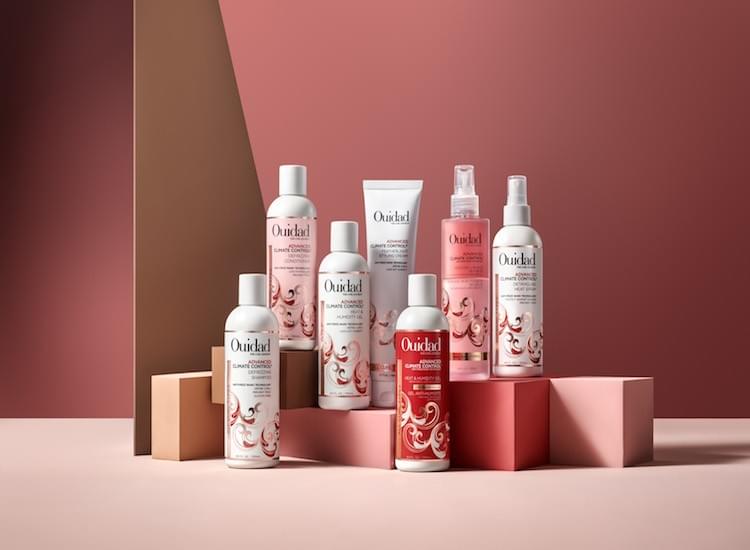
6. Pinduoduo: Where Beauty Gets Affordable (And Slightly Competitive)
Key Characteristics:
- Audience: Price-sensitive consumers who love a good deal more than a good night's sleep
- Monthly Active Users: 730 million (all competing to recruit friends for bigger discounts)
- Specialty: Beauty products at prices that make you question either their authenticity or the profit margins of other platforms
What Makes It Special (And Addictive):
- Group purchasing that turns shopping into a team sport
- Social sharing incentives that make users spam their friends for discounts
- Lower-tier city penetration bringing K-beauty to places you've never heard of
The Economical Reality:
Pinduoduo is where the thrill of the deal meets the joy of beauty products. It's not just shopping; it's competitive shopping where your ability to recruit friends into buying the same clay mask determines how much you'll pay. It's the gamification of commerce that turns ordinary consumers into discount-hunting warriors who will stop at nothing to save an extra yuan on sheet masks.

7. Kaola: For When You Need Foreign Beauty Products Without the Foreign Travel
Key Characteristics:
- Audience: International product enthusiasts who pronounce French brand names with great confidence (if not accuracy)
- Monthly Active Users: 200 million (all convinced foreign products are inherently superior)
- Specialty: Imported beauty brands that sound exotic because they're not in Chinese
What Makes It Special (Besides the International Flair):
- Customs clearance so simplified you forget products crossed oceans to reach you
- Product authenticity for people who fear counterfeit moisturizer
- Product information comprehensive enough to substitute for a cosmetic science degree
The Cross-Border Truth:
Kaola is where Chinese consumers go when they want the prestige of international brands without the hassle of actually leaving the country. It's not just shopping; it's a form of cosmetic tourism where your medicine cabinet can look like a United Nations of beauty products. For brands, it's the digital equivalent of having a flagship store in China without the eye-watering rental costs.
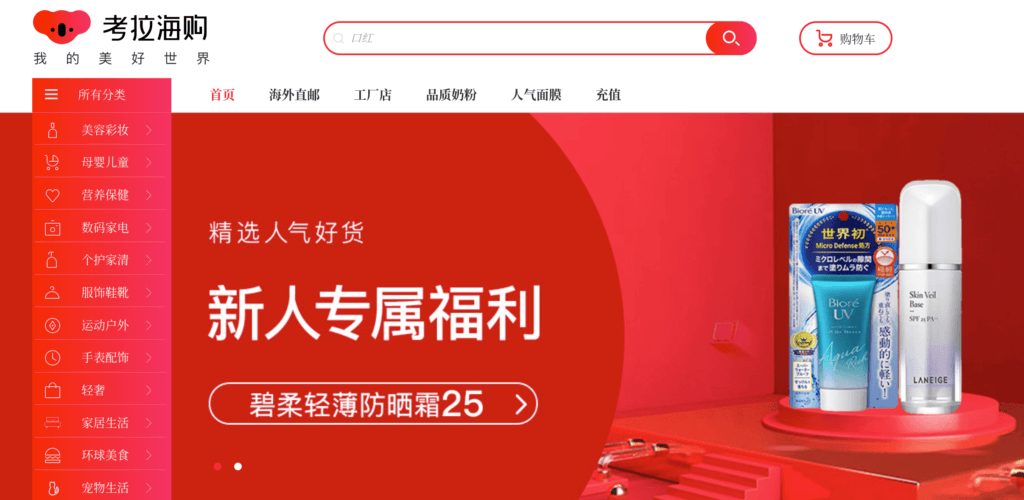
8. Vipshop: The Digital Equivalent of a Beauty Sample Sale (But With Less Physical Shoving)
Key Characteristics:
- Audience: Budget-conscious consumers who want luxury brands at non-luxury prices
- Monthly Active Users: 300 million (all setting alarms for flash sales)
- Specialty: Premium brands at prices that don't require a second mortgage
What Makes It Special (Besides the Dopamine Rush of a Good Deal):
- Flash sales that create more urgency than actual emergencies
- Limited-time offers that trigger FOMO more effectively than exclusive parties
- Brand portfolio diverse enough to give beauty buyers whiplash
The Discount Reality:
Vipshop is where luxury beauty brands go when they need to move inventory without admitting they're having a sale. It's not regular shopping; it's competitive sport where the winners get premium skincare at drugstore prices and the losers spend the next month regretting their hesitation. For consumers, it's the digital equivalent of finding designer shoes in your size at an outlet. For brands, it's a volume strategy that requires carefully managing your image while still moving product.

9. Suning.com: For People Who Like Options (Lots and Lots of Options)
Key Characteristics:
- Audience: Middle-class consumers who appreciate both online convenience and the ability to test products in person
- Monthly Active Users: 250 million (toggling between digital and physical shopping depending on their mood)
- Specialty: Shopping experience that acknowledges humans sometimes leave their homes
What Makes It Special (Besides Recognizing the Physical World Exists):
- Physical store integration for when digital swatches just don't cut it
- Delivery quick enough to compete with pure e-commerce platforms
- Product range comprehensive enough to cause decision paralysis
The Omnichannel Truth:
Suning is where beauty brands can have their cake and eat it too—digital reach with physical presence. It's not just an online marketplace; it's a hybrid approach that recognizes sometimes people want to smell a perfume before committing to a full bottle. For traditional brands, it's a comfortable middle ground in the increasingly digital beauty world.
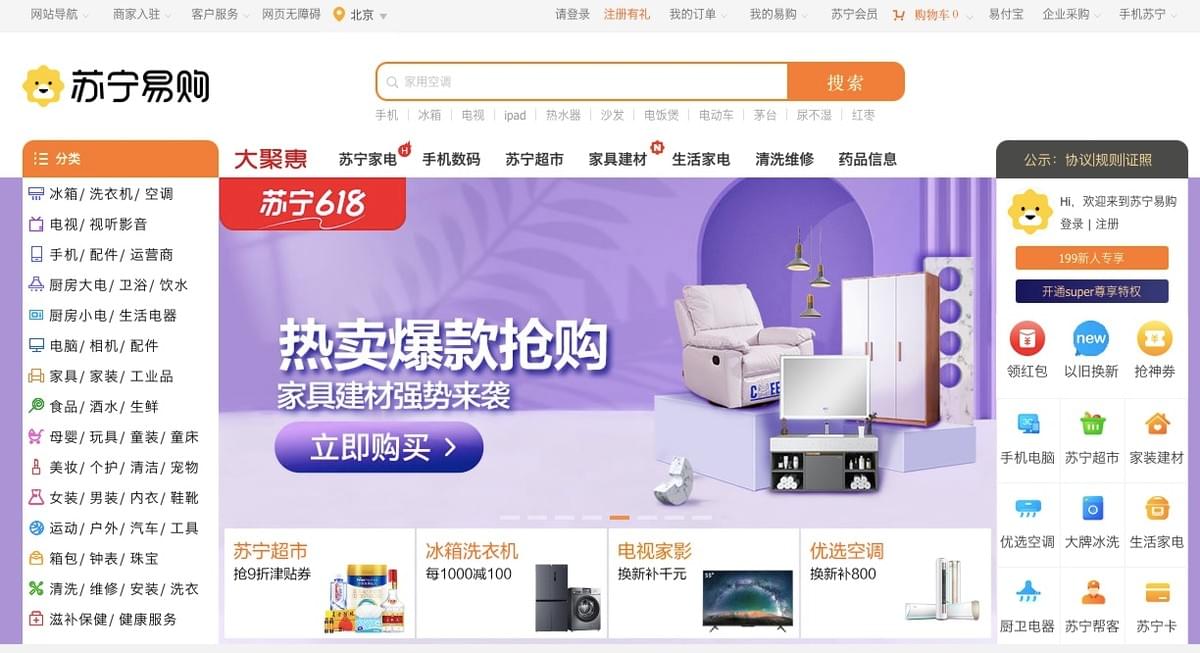
10. Yihaodian: Where Beauty Gets a Health Degree
Key Characteristics:
- Audience: Health-conscious consumers who read ingredient lists like thriller novels
- Monthly Active Users: 180 million (all concerned about parabens)
- Specialty: Beauty products that won't kill you, your pets, or the planet (allegedly)
What Makes It Special (Besides the Clean Ingredient Lists):
- Product selection that won't trigger your hypochondria
- Ingredient transparency detailed enough to satisfy amateur chemists
- Consumer education more comprehensive than most college courses
The Wellness Reality:
Yihaodian is where beauty meets wellness in a marketplace that treats potentially harmful ingredients like public enemies. It's not just shopping; it's a form of self-care where your purchasing decisions reflect your health values. For natural brands, it's paradise. For traditional formulations, it's a reminder that modern consumers have trust issues and Google.

11. Mogu: Where Fashion Meets Beauty in a Carefully Filtered Universe
Key Characteristics:
- Audience: Fashion-forward young women who coordinate their eyeshadow with their outfits
- Monthly Active Users: 150 million (all taking selfies to show off both their clothes and their makeup)
- Specialty: Beauty products that complete the look, not just the face
What Makes It Special (Besides the Aesthetic Appeal):
- Influencer collaborations that blur the line between recommendation and religion
- Style engines that suggest lipstick shades based on your wardrobe choices
- Community content more extensive than most beauty magazines
The Fashionable Truth:
Mogu is where beauty products are never just beauty products—they're essential components of a complete look. It's not just shopping; it's curating a personal aesthetic where your highlighter coordinates with your handbag. For brands, it's a reminder that in the Chinese market, beauty doesn't exist in a vacuum—it's part of a holistic approach to personal style.

12. RED (Xiaohongshu Marketplace): For the Sophisticated Beauty Enthusiast Who Has Strong Opinions About Hyaluronic Acid Molecular Weights
Key Characteristics:
- Audience: Urban professional women who can explain the difference between AHA and BHA
- Monthly Active Users: 250 million (all with bathroom shelves that look like small beauty stores)
- Specialty: Premium beauty that requires both disposable income and beauty knowledge
What Makes It Special (Besides the High-End Focus):
- Content so rich you can spend hours reading about a single ingredient
- User experiences more detailed than most clinical trials
- Community that sets trends rather than follows them
The Premium Reality:
RED's marketplace is where beauty becomes both science and art. It's not just shopping; it's joining a community of enthusiasts who discuss vitamin C derivatives with the passion others reserve for sports teams. For sophisticated brands, it's finding your people—consumers who appreciate formulation nuances and will defend your premium pricing based on ingredient quality alone.
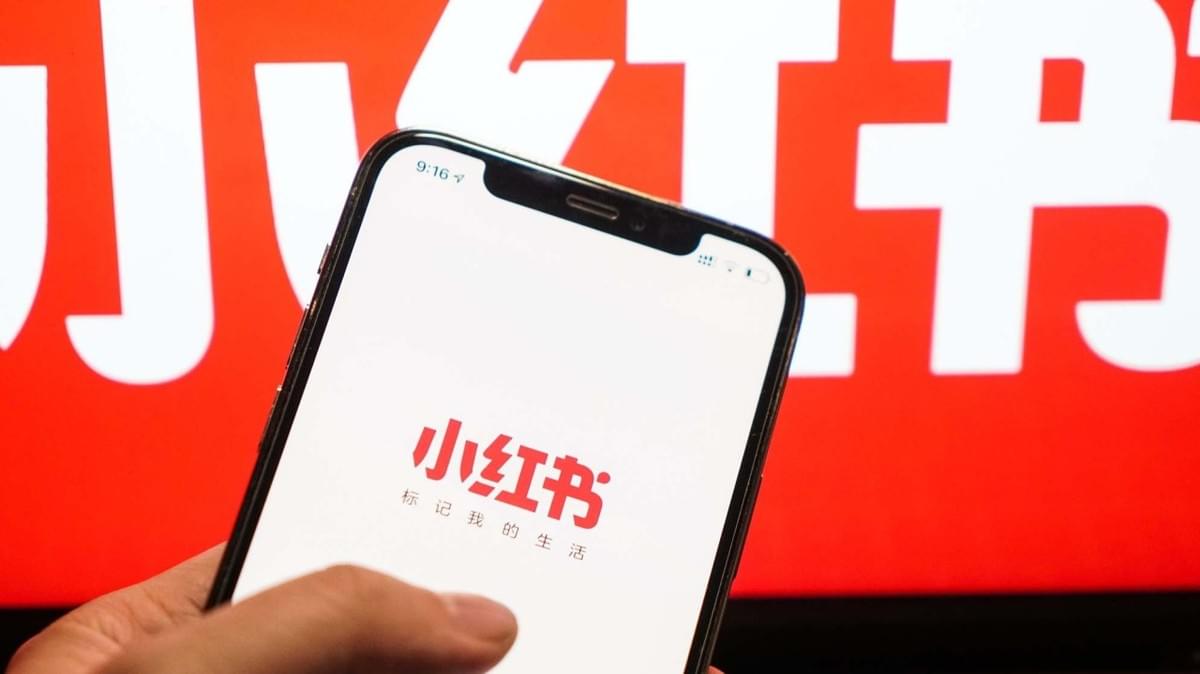
Strategic Advice for Brands Brave Enough to Enter the Fray
How to Survive (And Maybe Even Thrive) in China's Beauty Marketplace Jungle
- Develop platform-specific strategies that acknowledge Douyin and Xiaohongshu are as different as Instagram and LinkedIn
- Invest in visuals that would make National Geographic photographers jealous
- Leverage AI and personalization to the point where customers wonder if you're reading their minds
- Focus on authentic storytelling (or at least storytelling that convincingly appears authentic)
- Understand regional preferences because beauty standards in Beijing and Chengdu are as different as New York and New Orleans
Conclusion: Beauty Is Pain (Especially for Your Marketing Team)
China's digital beauty ecosystem isn't just a marketplace—it's a complex, ever-evolving universe where technology, social influence, and consumer psychology collide in a perfect storm of commerce. It's where international brands go to either make their fortunes or quietly retreat after underestimating the complexity of selling moisturizer to the world's most digitally sophisticated beauty consumers.
Success requires understanding that in China, beauty isn't just about looking good—it's about feeling good, sharing good, livestreaming good, and participating in a digital community that treats skincare routines with the seriousness most countries reserve for foreign policy.
May your serums sell swiftly and your influencer partnerships be fruitful.